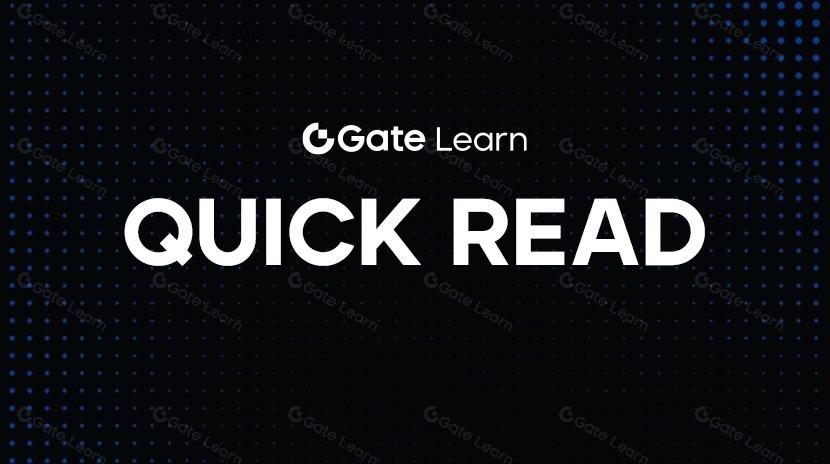Что такое SMB: Первый в мире стандарт криптовалютных платежей
1. Введение
С момента появления Биткоина технология блокчейн и крипто-активы прошли более десятилетия развития. От начального решения проблем централизации, высоких комиссий и медленных транзакций в традиционных финансовых системах до сегодняшнего обширного исследования смарт-контрактов, децентрализованных приложений (DApps) и экосистемы Web3, глобальная криптоиндустрия продолжает развиваться. Однако, несмотря на технологические инновации в общедоступных цепочках, таких как Ethereum, Solana и Polygon, действительно 'закрепленные' сценарии применения все еще ограничены, и подавляющее большинство крипто-активов все еще ограничены биржами и инвестиционными рынками, существенно отстающими от того, чтобы стать 'валютой для всех, для повседневных платежей'.
Именно этот разрыв и пытается преодолеть проект SMB (Social Master Branch). Вместо того чтобы просто запустить еще один «быстрый и дешевый» токен, SMB стремится установить двойную систему токенов, которая связывает реальную экономику: «Мастер-монету», предназначенную для хранения стоимости и международных транзакций, и «Фиат-монету», привязанную к национальным фиатным валютам 1:1, поддерживающую местные платежи и повседневные расходы.
Через инновационный механизм консенсуса DPOR (Делегированный доказательство репутации), аппаратный уровень безопасности, высокочастотную обработку транзакций и глобальную сеть DEX (децентрализованной биржи), SMB надеется разрушить барьер между 'технологией блокчейн' и 'реальной жизнью', позволяя пользователям использовать криптовалютные активы, как при применении банковской карты, не беспокоясь о базовой технической логике.
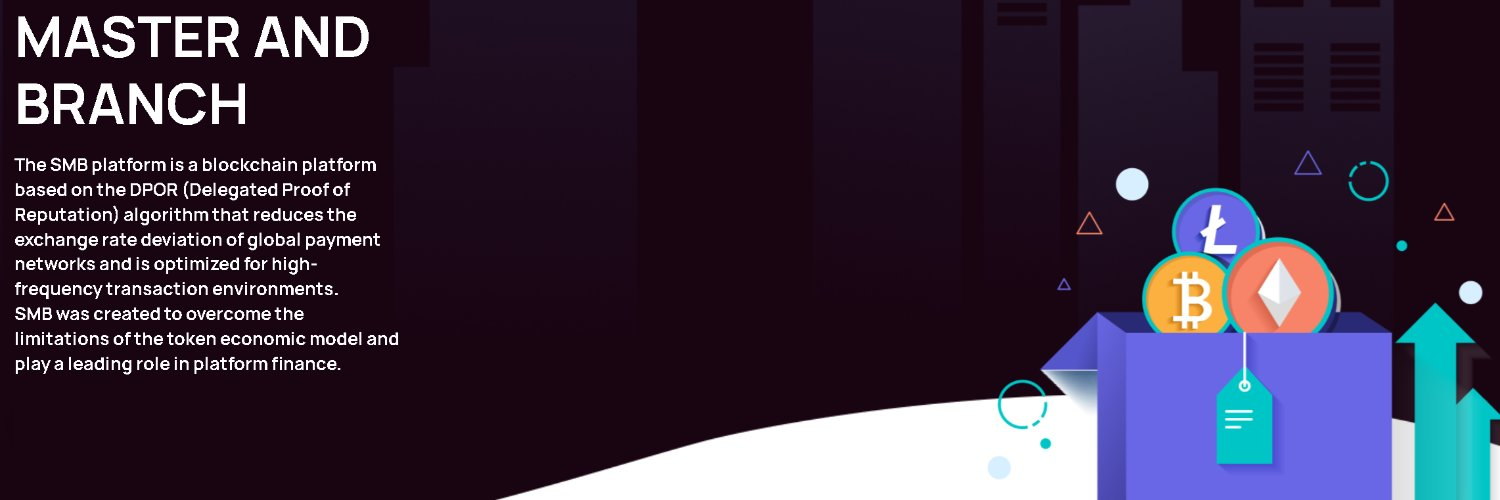
SMB собирается высадиться на торговую платформу Gate.io, а торги начнутся 17 марта 2025 года в 9:00 (UTC+8). Торговая пара будет SMB/USDT. Следите за обновлениями! Для большего количества крипто-активов нажмите на ссылку:https://www.gate.io/ru/trade/BTC_USDT
2. Обзор и происхождение проекта SMB
2.1 Фон проекта Birth
В 2008 году в белой книге Bitcoin впервые было предложено 'p2p-электронное платежное обслуживание без необходимости вмешательства сторонней стороны', инициировав революцию в области блокчейна. В 2015 году была запущена основная сеть Ethereum, внедрив смарт-контракты, стимулируя начальное развитие децентрализованных приложений и экосистему Web3. Позднее появились многочисленные проекты общественных цепочек, такие как Ripple, Solana, Polygon и Avalanche, исследующие более быстрые, более дешевые и более безопасные блокчейн-сервисы.
Однако до сих пор остается нерешенной общая проблема: большинство криптовалют сложно превратить в «полноценные» валюты. Причины включают резкие колебания цен, ограниченную скорость транзакций, высокие комиссии и отсутствие безпрепятственной интеграции с платежными системами реального мира. Они получили широкое применение в финансовой сфере инвестиций, но их использование в повседневном потреблении и реальной экономике крайне низкое.
Проект SMB родился здесь, нацеливаясь прямо на 'практическое применение', с целью создания платежной среды, где обычные пользователи могут использовать криптовалютные активы 'бессознательно' через инновационную 'двухвалютную модель' и высокопроизводительный блокчейн.
2.2 Основная миссия SMB
Миссия проекта SMB (Social Master Branch) заключается в создании глобальной зашифрованной платёжной системы, которая позволит пользователям использовать её так же удобно, как обычную банковскую карту, не имея необходимости понимать саму технологию блокчейн.
Его концепция дизайна включает в себя:
• Избавьтесь от неудобств, вызванных колебаниями цен: благодаря модели Master Coin + Branch Coin, Branch Coin привязан к фиатной валюте в соотношении 1:1, что обеспечивает стабильную стоимость.
• Глобальное распространение: пользователи могут обменивать Master Coin на местную Branch Coin в любое время и использовать ее для местного потребления. Покинув страну, Branch Coin можно обменять обратно на Master Coin.
• Беспрепятственный опыт платежей: Подключен к традиционным организациям по картам, таким как VISA и MasterCard, обеспечивая мгновенное расчеты Crypto Assets по всему миру через платежную сеть 'SMB platform Vander'.
2.3 Значение названия проекта и обзор структуры
SMB, сокращение от 'Социальная Мастер-ветвь', само название также раскрывает его двойную монетную систему:
• Мастер Коин: Как глобальная резервная валюта, он отражает стоимость системы SMB и может быть торгован на криптовалютных биржах.
• Branch Coin: Привязанный к местной фиатной валюте в соотношении 1:1, используется для местного платежного обращения и обменивается только в децентрализованной бирже SMB (DEX).
В то же время, SMB - это не только технический проект, но и целостный проект, который планирует соединить приложения в различных отраслях, таких как электронная коммерция, логистика, туризм и финансовые платежи. Его основной сценарий использования выбрал систему "глобальных международных платежей в электронной коммерции + расчет криптовалютных активов", сочетая с концепцией Web3, формируя устойчивую сеть блокчейн-платежей.
3. проблемы, с которыми сталкиваются существующие криптоактивы, и решения для малого и среднего бизнеса
3.1 Текущая рыночная ситуация и проблемные моменты
Несмотря на экспоненциальный рост рынка криптовалютных активов за последнее десятилетие, их применение в повседневной жизни по-прежнему ограничено тремя основными проблемами:
- Колебания цен сильные
Основные криптоактивы, такие как Биткоин и Эфириум, имеют цены, которые драматически колеблются в зависимости от настроений рынка, что затрудняет их использование в качестве стабильного платежного инструмента. Например, чашка кофе, стоимость которой сегодня составляет $10, может быть эквивалентна $12 или $8 завтра, что является риском, с которым потребители и торговцы не могут справиться.
- Недостаточная скорость транзакции
Хотя децентрализация блокчейна обеспечивает прозрачность, она жертвует эффективностью обработки. Возьмем в качестве примера Биткойн: его TPS (транзакций в секунду) составляет всего около 7, в то время как у Эфириума этот показатель составляет всего около 30. При резком увеличении числа пользователей возникнут проблемы, такие как сетевая перегрузка, взрывные комиссии за транзакции и задержки в передаче.
- Отсутствие экосистемы приложений и реального интерфейса
Приложения криптовалют в основном ограничены областями децентрализованной финансов (DeFi) и NFT, с очень небольшим количеством возможностей для обычных людей получить доступ. Также отсутствует интерфейс с реальными платежными системами (VISA, MasterCard, POS-сеть), что затрудняет вход в физическую торговлю.
3.2 Инновационные решения SMB
Для вышеуказанных проблем проект SMB предложил решение "трехступенчатой замкнутой петли":
1. Механизм обеспечения стабильности цен
• Система двойной валюты Design Master Coin + Branch Coin,
• Branch Coin привязан к местной фиатной валюте в соотношении 1:1, служащей в качестве ежедневного платежного средства;
• Master Coin выполняет функции резерва стоимости, поперечного обращения и стимулирования экосистемы.
2. Высокая торговая производительность
• Через аппаратно-поддерживаемый алгоритм согласования DPOR (Delegated Proof of Reputation),
• Текущая сеть достигла TPS одиночного узла от 20 000 до 30 000, с будущей глобальной целью сети в 1 миллион TPS,
• Поддерживает истинное «мгновенное поступление» в полной мере.
3. Подключите реальную экосистему приложений
• Интеграция с традиционными карточными организациями через платформу SMB Vander;
• Создание глобальной децентрализованной биржи (DEX) для достижения обмена между монетами и границами;
• Установить глубокие партнерские отношения с платформами электронной коммерции, логистическими компаниями, туристическими платформами и т. д.
• Построение реально используемой зашифрованной платежной сети.
В заключение, SMB - это не просто "проект выпуска монет", а строитель полной экосистемы, вращающейся вокруг "монетно-платежного сценария", чтобы сформировать замкнутый круг.
4. Технология ядра SMB Blockchain
4.1 Принципы ядра технического дизайна
Концепция дизайна SMB блокчейна может быть суммирована как "три S".
• Безопасность
• Скорость
• Масштабируемость
Отсутствие достаточной безопасности для передачи финансовых активов; отсутствие достаточной скорости для поддержки платежей в реальном времени; отсутствие хорошей масштабируемости для поддержки будущих крупномасштабных приложений.
4.2 Алгоритм консенсуса DPOR (Delegated Proof of Reputation)
SMB отказался от традиционного POW (Proof of Work) и DPOS (Delegated Proof of Stake), приняв инновационный алгоритм DPOR, основная логика которого включает в себя:
• Условия участия в консенсусе основаны на производительности аппаратного обеспечения и доверии,
• Ноды должны соответствовать требованиям высокопроизводительного оборудования (сетевая ускорительная карта, ультравысокоскоростное хранилище, выделенный модуль безопасности),
• Узлы определяют права на генерацию блоков на основе доли стейкинга + оценки репутации,
• Введение общей узловой системы «Участие в голосовании» (механизм POPS), позволяющей малым узлам косвенно получать прибыль, поддерживая «большие узлы».
Технические преимущества:
• Более децентрализованная, чем традиционная DPOS,
• Более эффективно, чем POS,
• Высокая стоимость мошенничества узла (требуется стейкинг + инвестиции в оборудование),
• Теоретически он может достигнуть миллионов транзакций в секунду, превзойдя публичные цепи, такие как Solana и Avalanche.
Аппаратная архитектура безопасности уровня 4.3
SMB разработал полный набор аппаратной системы безопасности для обеспечения стабильности и способности к предотвращению вмешательства в сеть, включая:
• TEE (Trusted Execution Environment): Доверенная среда выполнения для смарт-контрактов, предотвращающая утечку данных или изменение во время выполнения.
• HSM (Hardware Security Module): выделенное аппаратное обеспечение шифрования для обеспечения безопасности частных ключей, которые невозможно взломать даже в случае физической кражи.
• TPM (Trusted Platform Module): Предоставляет аутентификацию идентичности узла, предотвращает атаки 'фальшивого узла' и гарантирует, что все участвующие узлы имеют подлинные юридические характеристики.
• Аппаратный Оракул: Доступ к внешним данным через каналы аппаратного шифрования для предотвращения подделки 'потока данных'.
Эта аппаратная система является одним из основных конкурентных преимуществ, которые отличают SMB от большинства чисто программных общественных цепочек.
4.4 Система генерации блоков и управления высокой скорости
Блокчейн SMB принимает динамический дизайн управления:
• Все обновления системы и настройки параметров принимаются держателями монет узла через голосование;
• Голосование требует верификации через учетную запись, подтвержденную KYC, чтобы предотвратить «один человек, несколько голосов»;
• Основные предложения требуют поддержки как минимум двух третей узлов;
• Все результаты управления общедоступны история защищена от вмешательства.
Этот механизм направлен на избежание проблемы 'hard fork', с которой столкнулись Bitcoin и Ethereum, обеспечивая устойчивость и стабильность экосистемы.

Модель двойной монеты Master Coin и Branch Coin
5.1 Почему нам нужен режим 'Двойной валюты'?
Большинство криптовалютных проектов принимают одно-монетную систему, например:
• Биткойн (BTC): объединяет функции сохранения стоимости и платежей, но с резкими колебаниями;
• Ethereum (ETH): Использует ту же плату за газ для оплаты и умных контрактов, но цена одинаково нестабильна;
• Стейблкоины (например, USDT): Устойчивы, но полагаются только на резервы фиата, лишены собственных прав на блокчейн;
SMB предлагает двойную монетную систему «Master Coin + Branch Coin» с целью:
• Основная монета (Master Coin) отвечает за резервы стоимости, международное движение, стимулы для узлов и функции управления;
• Branch Coin закрепляет за собой различные национальные валюты, выполняет местные платежные функции и не подвержен колебаниям цен;
Этот дизайн учитывает как 'атрибут ценности', так и 'атрибут платежа', позволяя ему сохранять ценность, как золото, и тратить в любое время, как наличные.
5.2 Подробное объяснение функции мастер-монеты

Пример:
Когда пользователи держат Master Coin, они могут обменять его на Branch Coin любой страны через SMB DEX и осуществлять оплату и потребление на местном уровне; при выезде из страны они могут обменять оставшийся Branch Coin обратно на Master Coin для использования в следующем месте назначения.
5.3 Подробное объяснение функциональности монеты Branch

Пример:
Пользователь из Нью-Йорка Энди отправляется в Токио и может обменять Мастер-койн у себя на руках на Бранч-койн (ЯП).
• Обменный курс определяется по обменному курсу USD/JPY;
• Используйте монету Branch (JP) для оплаты питания, транспорта и проживания на местах в Японии;
• После поездки оставшиеся монеты Branch Coin (JP) можно обменять обратно на Master Coin.
6. Механизм выпуска SMB и Токеномика
6.1 Общий выпуск и механизм распределения

Механизм майнинга SMB вводит концепцию «полужизни».
• Каждый год вознаграждение за блоки уменьшается на определенный процент;
• Гарантировать долгосрочную контролируемую инфляцию системы, стимулируя долгосрочных участников.
6.2 Использование и распределение заранее добытых токенов

Модель вознаграждения за майнинг основной сети 6.3
Награды за блоки распределяются между аппаратными узлами, держателями монет для стейкинга и участниками экосистемы вместе:
- Операторы узлов: аппаратные вклады и вес блока определяют коэффициент вознаграждения
- Пользователи стейкинга (обычные пользователи): зарабатывайте прибыль, участвуя в узловом стейкинге.
- Операционный фонд: обеспечение сетевых обновлений, экосистемных мероприятий, технического развития
Интеллектуальная Система Динамической Корректировки
• Если активность сети слишком низкая, вознаграждение за блок увеличивается;
• При перегруженности сети комиссии автоматически корректируются;
• Гарантировать динамическое равновесие системы.
Закрытый цикл токеномики 6.4
• Достигнуть циркуляции через предварительный майнинг, майнинг основной сети, DEX-обмен и модель двойной валюты:
• Предварительное майнинг для создания начального пула ликвидности
• Майнинг используется для непрерывного стимулирования узлов и держателей монет
• Мастер Коин обменивается на Бранч Коин на DEX в качестве платежа
• После расходования монеты Branch, торговцы обменивают ее обратно на монету Master
• Мастер Коин возвращается на рынок, формируя полный экологический закрытый цикл
7. Сценарии применения платформы SMB и бизнес-модели
7.1 Основные сценарии использования
SMB - это не просто криптовалюта, но и комплексная платежная и циркуляционная система для реальных бизнесов. Команде проекта будет уделено внимание на следующие сценарии внедрения:
(1) Глобальный международный платеж для электронной коммерции
• Статус: При покупках за границей пользователи сталкиваются с проблемами, такими как различия в обменном курсе, высокие комиссии, задержки при оплате;
• Решения SMB:
• Пользователи держат мастер-монету, входят в платформу SMB DEX для обмена на монету филиала страны назначения;
• Оплачивайте непосредственно на зарубежных интернет-платформах без дополнительных процедур;
• После возвращения в страну оставшиеся филиальные монеты будут обменены обратно на мастер-монету для продолжения использования.
Фактический пример:
• Пользователи из Южной Кореи покупают товары на Amazon в Соединенных Штатах
• Обмен SMB Master Coin на Branch Coin (USD)
• Расчет осуществляется непосредственно через платежный API, подключенный к платформе Vander
• Избавьтесь от громоздких валютных комиссий и многочисленных посредников
(2) Оплата путешествий и местного потребления
• Традиционные платежи в путешествиях: основаны на кредитных картах, включают комиссии за конвертацию валюты, задержки в расчетах;
• Режим SMB:
• Заранее обменивайте монету Branch Coin (местная валюта), эквивалент цифровому кошельку для путешествий;
• При потреблении на местном уровне платите напрямую, как при проведении банковской карты;
• Нет потерь от обменного курса, без комиссий, моментальное разрешение.
(3) Логистика и финансирование цепочки поставок
SMB установила партнерства с международными логистическими компаниями, сценарии применения включают:
• Международное урегулирование логистических заказов;
• Оплата покупки B2B;
• Децентрализованное финансирование цепочки поставок, поддержка финансирования заказов и кредитных платежей.
В этом сценарии Branch Coin служит внутренним средством расчетов в рамках цепочки поставок,
Как инструмент для передачи стоимости через границу, Мастер Коин,
Объедините смарт-контракты для автоматического запуска платежей, улучшая ликвидность и прозрачность.
(4) Локальное сообщество и O2O (онлайн-оффлайн) платежи
Branch Coin также может служить в качестве валюты сообщества в рамках местного масштаба:
• Онлайн-магазины и офлайн-магазины могут использоваться одновременно;
• Подходит для различных сценариев, таких как баллы участника, распределение вознаграждения и потребительские скидки;
• Увеличить липкость между торговцами и потребителями.
7.2 Обзор бизнес-модели

SMB - это не одиночный проект прибыли, а распределенная бизнес-сеть.
Каждый участник - будь то пользователь, продавец или оператор узла - может получать поощрения.
8. План развития и перспективы для малого и среднего бизнеса
8.1 Этап развития проекта
(1) Начальный этап (2023-2024)
• Завершить разработку основной сети SMB
• Опубликование белой книги (версии с 1.0 по 1.5)
• Запустить предварительный майнинг и раннее строительство сообщества
• Запуск тестовой версии децентрализованной биржи SMB (DEX)
• Достигнуто намерение о сотрудничестве с первой партией платформ кросс-бордер электронной коммерции
(2)Средний этап (2025-2027)
• Обновление основной сети, поддерживающее возможность обработки миллионов транзакций в секунду
• Интерфейс платежей Vander официально запущен, начинает соединяться с VISA, MasterCard
• Экологический DApp-магазин работает в онлайн-режиме, поддерживая доступ сторонних разработчиков
• Расширение сценариев применения логистики и туристических платежей
• Развернуть монету Branch в крупных экономических зонах Азии, Северной Америки и Европы
(3) Долгосрочный этап (2028-2033)
• Формирование экосистемы 'глобальных платежей + управления активами межцепочной + финансовой платформы DeFi'
• Стать одной из фундаментальных инфраструктур платежной индустрии Web3
• Разработать B2B предприятие система расчетов и установить альянсы с крупными мировыми финтех компаниями
• Поддержка цифровой идентичности (DID) и кредитной системы на цепи
• Планируется запустить физические продукты аппаратного кошелька SMB и платежной карты
8.2 План эволюции технологий

8.3 Стратегия рынка

Цель SMB не просто быть криптовалютным проектом, а стать «глобальным децентрализованным платежным базовым протоколом», обслуживающим физических лиц, бизнес и учреждения.
8.4 Перспектива на долгосрочную перспективу
• К 2030 году стать одной из десяти ведущих глобальных публичных цепей в категории платежей
• Branch Coin охватывает как минимум 50 стран по всему миру
• Поддержка ежегодного среднего объема торговли на границе, превышающего 10 миллиардов долларов США
• Создание децентрализованной цепочной системы кредитного рейтинга
• Стать одним из глобальных стандартов платежей для Web3
Заключение
SMB - это не традиционный «проект выпуска монет» в традиционном смысле. Это трехвоенное комплексное решение «реальной финансовой инфраструктуры + блокчейн-протокола нижнего уровня + системы международных платежей». SMB имеет: прогностическую техническую архитектуру, идеальный дизайн замкнутого платежа, сильную ориентацию на реальный мир, несколько уже реализованных сценариев применения, четкую глобальную стратегию и маршрут соблюдения. В то же время вызовы, с которыми он сталкивается, не должны быть недооценены, требуется сильные операционные способности, партнерские ресурсы и способность гибко корректировать стратегии. Если команда SMB сможет продолжать продвигать экологическую реализацию, она, вероятно, станет первым в мире действительно используемым «стандартом платежей криптовалюты».
Похожие статьи
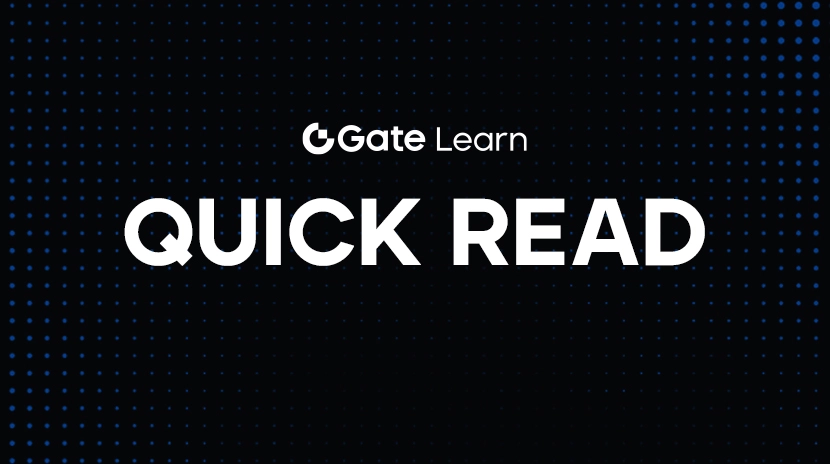
Как переводить средства с Binance безопасно и эффективно
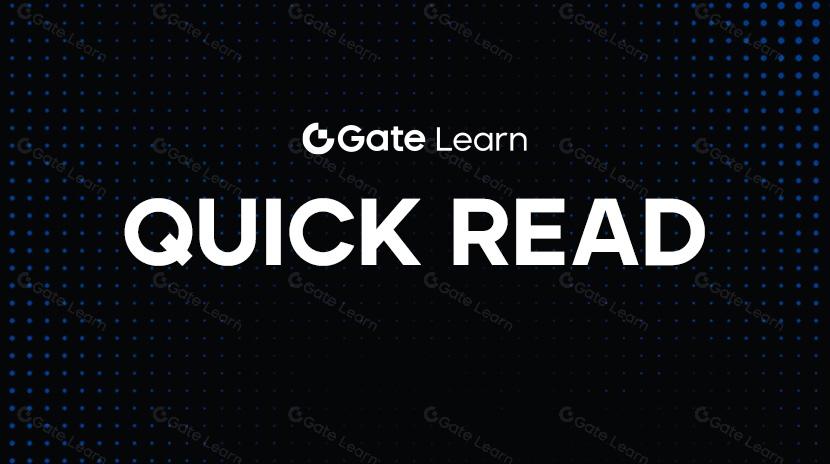
Понимание токена TRUMP в одной статье: Комплексный анализ токена $TRUMP
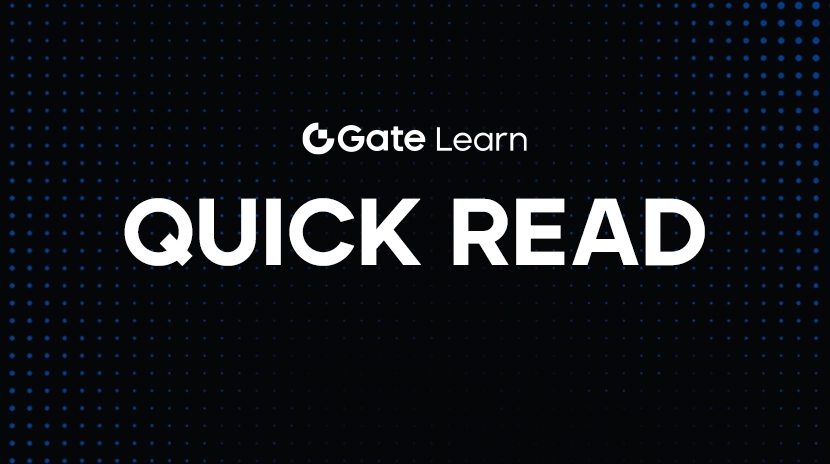
Как отследить транзакцию USDT BEP20?
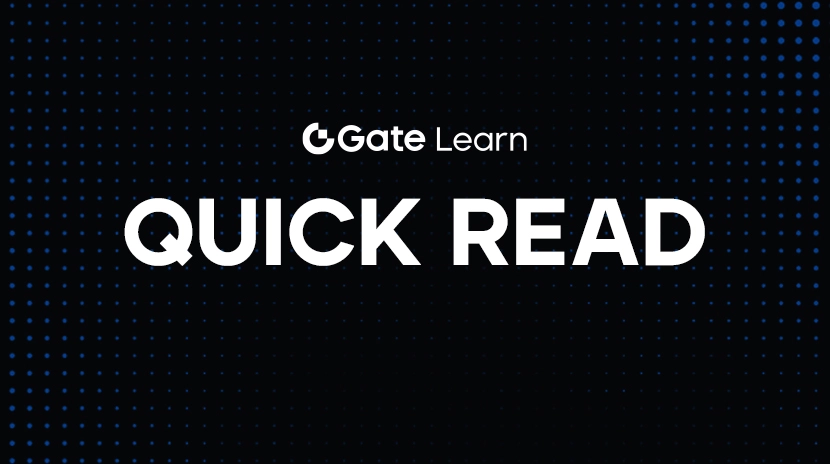
Что такое MELANIA: мем-монета на миллиард долларов, запущенная первой леди США
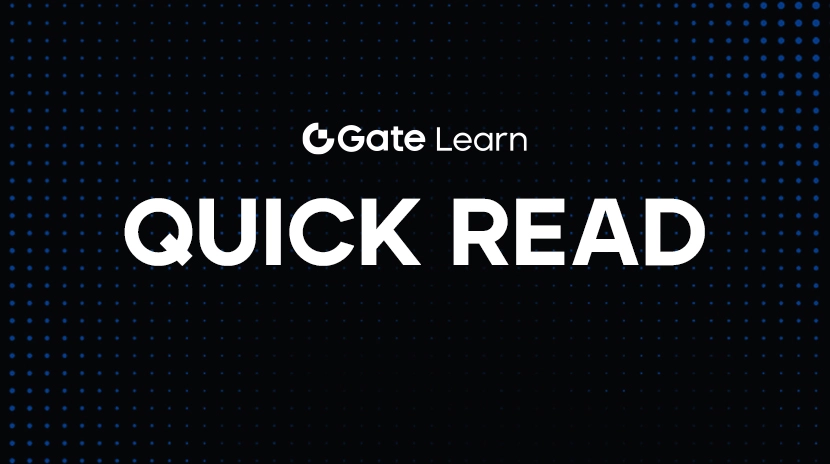
Сколько времени займет добыча 1 биткойна в 2025 году? Подробное руководство
